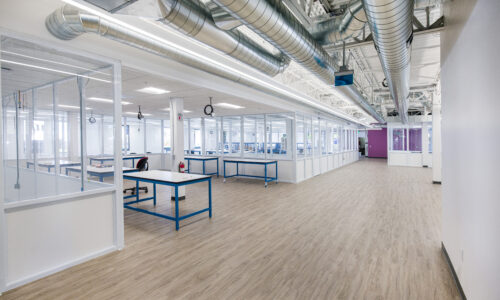
Cost Estimation in the Time of COVID and Beyond
The global pandemic has led to changes that have impacted our entire industry. Supply chain issues, in particular, have rippled through the world of construction. In the past, a lot of supply chain issues could be cleared up simply by paying to expedite things. However, that’s not really an option these days. It’s not a perfect example, but you can think of it sort of like this: You can’t pay to expedite the shipping of lumber if there’s no lumber to ship.
Since lead times are harder to predict this also leads to a greater fluctuation of costs. Cost estimates used for a budget might no longer even be accurate by the time you complete the budget, meaning you have to go back and adjust time and time again. This has led to an increase in the speed of bidding. Previously a quote from a subcontractor might be good for ninety days to six months, but now some of the quotes we’re getting are only good for twenty-four hours.
So, how are we dealing with all of this?
We deal with this one day at a time, and we are implementing new strategies and systems to make sure our projects continue to move smoothly. Planning ahead is key and, whenever possible, we take special care to forecast what problems we might run into so that we can plan accordingly.
To counterbalance costs changing at a higher frequency than normal, and in an effort to preempt any supply chain issues that arise, we have begun pre-ordering items as much as possible. This allows us to lock in prices at earlier rates. We had done this previously with certain items like steel — due to its long fabrication process — but now we have begun pre-ordering other elements. Thankfully, we also have enough work right now where we are able to have leverage with the subcontractors to hold pricing for much longer than others might be able to do.
We’ve also begun work with contractors early on to have them help with the design. Having their input at an earlier stage can help immensely. This, in combination with pushing for locally sourced materials, working to cultivate a deeper understanding of pricing on different skin elements, and selecting products that are more available than others, can help manage costs.
Clear communication amongst all parties and stakeholders is also helpful. For some projects, we currently use a proprietary software platform to help us communicate with suppliers, subcontractors, and architects.
This helps us all know the status of various elements of the project, so we all have a better sense of when materials are going to show up.
Looking to the Future
Unfortunately, these supply chain issues aren’t going to be solved in a few weeks. Ultimately, it’s something that just needs to work itself out. We’ve seen a lot of success in pre-ordering to help manage lead times. This, and engaging with subcontractors earlier on in the process, are both things we plan to continue to do to help provide our clients with the best experience possible.
If you’d like to learn more about any of these projects or if you’d like to inquire about one of your own, please contact us at (408) 379-5500.



